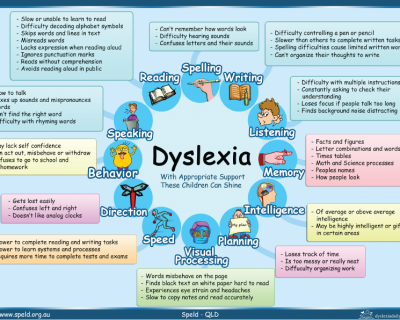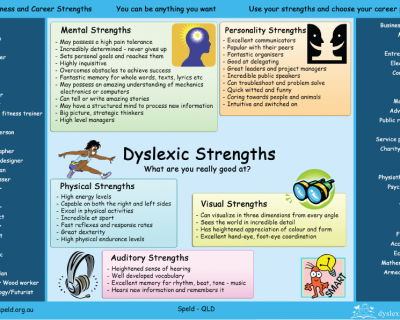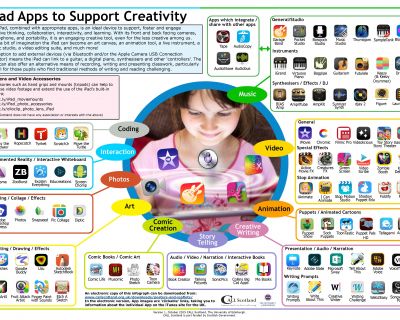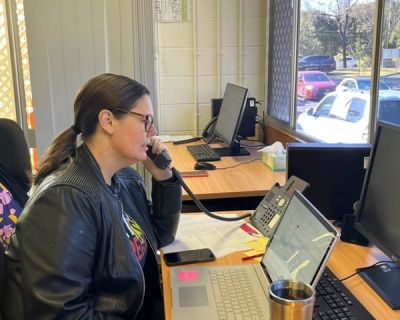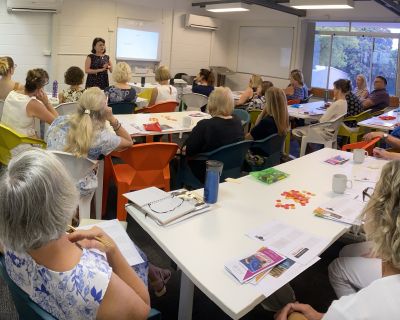Auditory Processing Disorder
Auditory Processing Disorder (APD) describes the inability to process the meaning of sound. It is also known as Central Auditory Processing Disorder (CAPD). Deafness does not play a role in APD and students with Auditory Processing Disorder rarely have impaired hearing: they hear the sounds clearly but can’t process the meaning of that sound. One characteristic of APD is that it presents itself inconsistently, so sometimes a child may struggle to decode a message that was easy to decode the day before. APD can lead to behavioural problems and poor academic performance.
Some Research suggests that repeated ear infections or glue ear in the early years contributes to auditory processing disorder. It is estimated that with each ear infection, the ability to hear and therefore process sounds from that ear is affected for up to six weeks.
Students with APD may display some or all of the following signs:
- Delayed language development
- Poor ability to listen effectively
- Difficulty sequencing sounds of words
- Trouble differentiating between similar sounds: such as /a/ for ‘apple’ and /e/ for ‘egg’; /e/ for ‘egg’ and /i/ for ‘insect’.
- Short attention span
- Difficulty following instructions
- Poor memory for oral information
- Inconsistent responses to the same auditory stimuli
- Poor spelling, reading and comprehending
- Behavioural problems
- Social difficulties
APD is not curable, but is treatable most commonly through Speech Therapy, specific literacy intervention and through stimulation programs. Awareness of the difficulty, and good teaching practices make a significant difference to the achievement s of a student with APD in the classroom.
The use of an FM Sound System in the classroom, either as an individual, or with a built in system has been proven to improve students’ achievements at school.
Other Strategies include:
- Sitting in the middle of the second row- away from noisy fans/ printers/ students
- Gaining a student’s attention before giving instructions
- Using short, simple sentences
- Repeating and rephrasing
- Supporting oral instructions with visuals
- Multisensory learning activities


